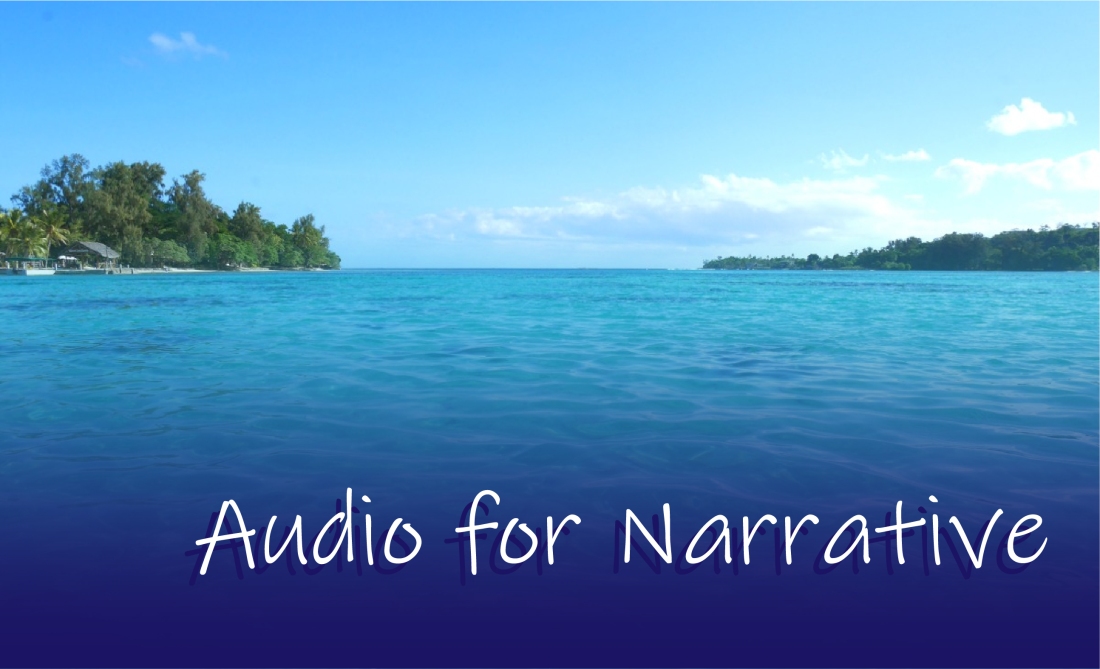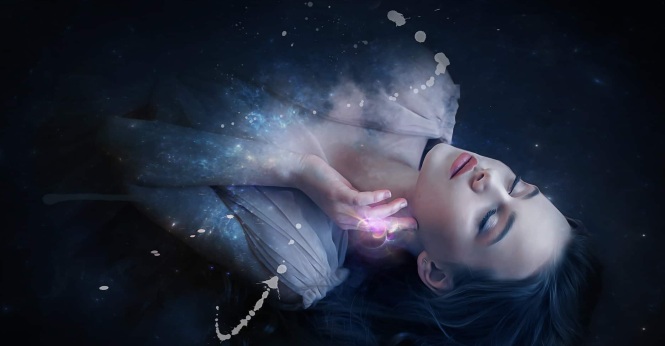
Using only audio for narrative, proved to be quite a challenging task for our next assignment. This required us to choose one of Chris Booker’s seven major plot types (Boddy, 2014) and then, only using audio, tell a story. I chose, from the list of seven, “The Quest”.
My basic premise for the story, was to begin with launching a boat into the ocean. Then rowing out to sea on a calm, beautiful day. During the course of the sailing, a huge thunderstorm breaks out and suddenly makes, what was a peaceful, lovely outing, turn into a nightmare. The storm batters the tiny boat and pitches it from side to side and the sailor is fretting for his life. After a very harrowing time, the storm finally stops, but the rower has lost all his energy and merely drifts with the tide. Eventually the boat grounds itself on the beach of an island. This causes more stress for the sailor, as he now needs to spend a night in completely unfamiliar surroundings, sheltered up in the jungle for the evening. As dawn breaks the protagonist hears a helicopter overhead and rushes out to the beach to flag it down, so that he might be finally rescued. His elation is palpable, as he watches the helicopter land, spraying sand up on him, to be finally rescued and taken back to his family.
I had hoped to do this project completely with music, but after a few attempts I realised I needed some audio pointers apart from music. I had the rolling sea and water covered by arpeggios on the piano and then ramped it up with discordant banging on the keyboard to create a large storm, but some of the smaller intricacies, like introducing a boat to the narrative and eventually arriving at an island proved difficult to just convey with music. I used the sound of a harp to give the impression of dawn and the sun rising and strings to give emotional directions to the narrative.
My idea of creating the rescue from the island, also proved unattainable with just music so I created a sound on my synthesizer to replicate the helicopter. In fact some of the sound effects didn’t end up being purely music but were created on a synthesizer. I used a white noise generator and mixed various oscillators to create the wave sounds. Then I tweaked an existing patch I had, to give the sound of seagulls and wildlife noises on the island forest. The synthesizer also came in handy to create the storm and thunder sounds. I had some water foley I had recorded for the movie “Junk Male” and used those at various places in this assignment as well. Near my house, a new home was being built, so using the brick sand pile in the front yard, I recorded the beach footsteps.

This brings up the very interesting question of how do blind people dream? (Hughes, 2018) My understanding is that when one of our senses is missing, the other senses are quite heightened. So it stands to reason that a blind person would have much better hearing then I would, as I rely on sight as well as sound to identify where things are. I can only surmise that a blind person would construct their reality much more from audio and touch, as the sense of sight is missing. If a person has been blind from birth, then I’m guessing that their brain does not have a capacity for storing or recalling pictures. So sound is something that their brain can decode what is happening around them. The sense of touch and taste can only be used when things are very close, but when things are far away, sound would be their only way of recognising what’s happening around them. According to a National Geographic article, “How the blind dream” (Hughes, 2018), a study was carried out in Denmark that showed, blind people recalled taste, smell and touch in their dreams, at over double the rate as sighted participants recalled senses other than sight.
I really enjoyed this assignment, as it required me to go quite deep in my pursuit for a recognisable outcome. During the course of my composing of this audio clip, I kept sending it out to random people for feedback. This helped me not just remain in a bubble of my own understanding of what the sound was trying to achieve. Through constant revisions and more and more people added to the feedback loop, I believe I arrived at a noticeable audio piece, that conveys “The Quest” storyline.